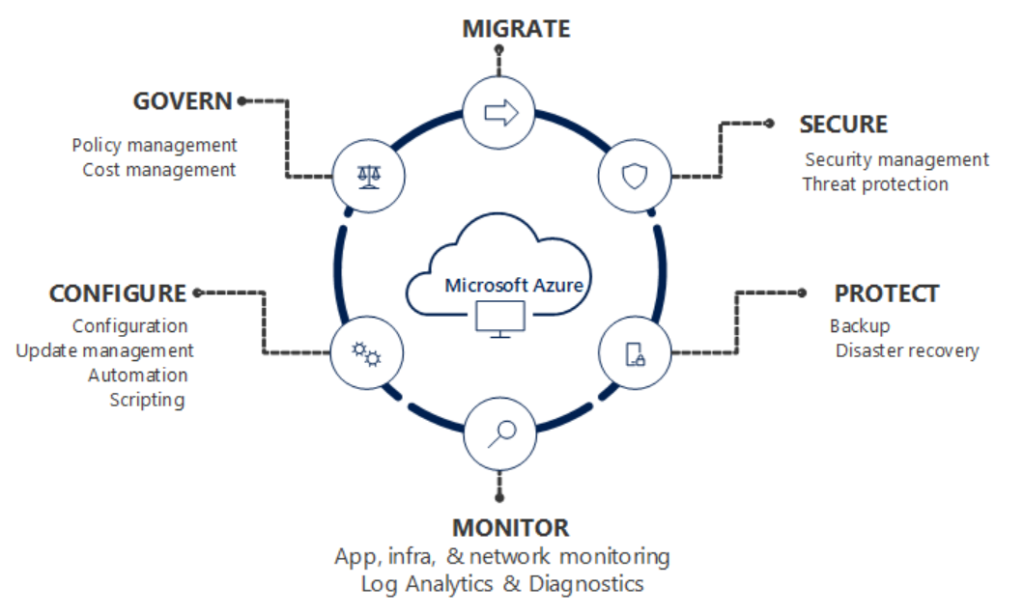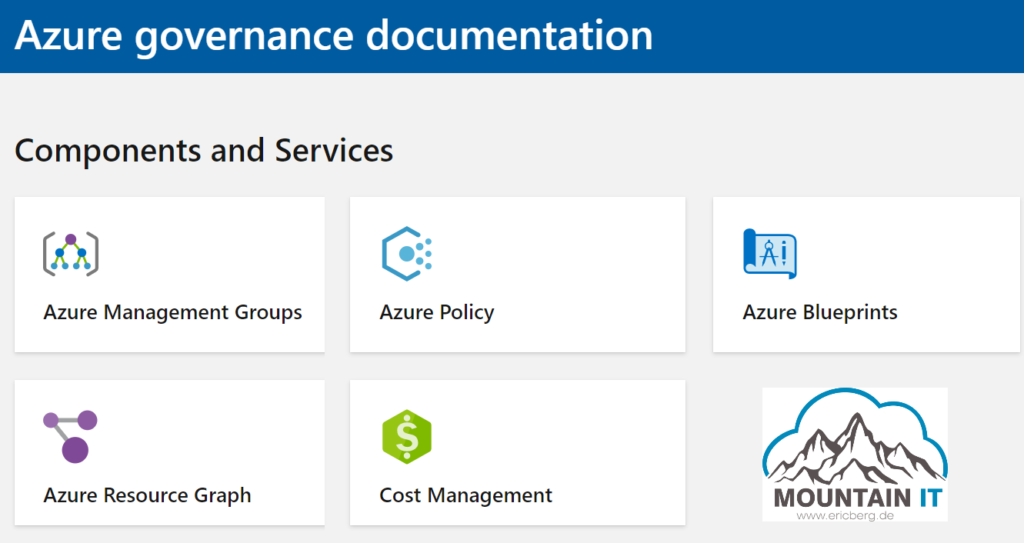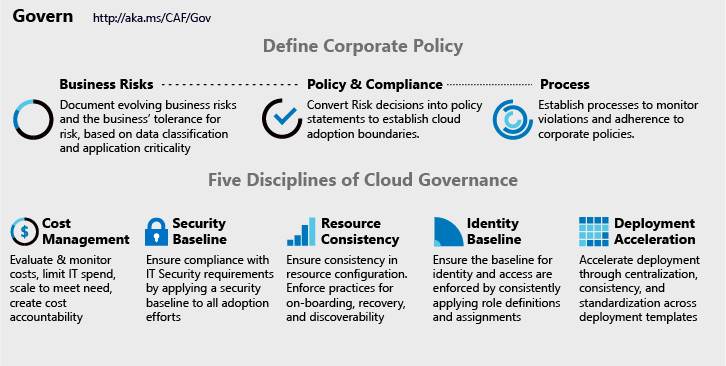[NEWS] Azure News of the week
5. Juli 2024Also this week there were many news around Microsoft Azure! Here as always the overview for you: Have fun reading and trying it out…
Over the last weeks we have discussed the basic principles of Azure. Normally when I start a conversation with the customer I ask them about their Azure Governance strategy and concept. But what does that mean?
Let us first have a look into the word Governance itself. At this point I would like to refer to the BusinessDictionary, which defines Governance as:
Establishment of policies, and continuous monitoring of their proper implementation, by the members of the governing body of an organization. It includes the mechanisms required to balance the powers of the members (with the associated accountability), and their primary duty of enhancing the prosperity and viability of the organization.
Source: http://www.businessdictionary.com/definition/governance.html
I really like this definition as it states down the most important aspects:
When we bring it down from the high level Governance to a specific Cloud Governance, you can still use the same definition. If I should say it in my own words, I would define it like this:
Before you can play the Cloud Game you should make sure everyone understands the game-rules and you have the right players at the table. Also you have to keep an eye on, that everybody follows the rules and if not, that the required steps can be taken.
Source: Eric Berg 🙂
If we have a look into the Microsoft Documentation for Azure Governance we can find different explanations.
If we have a look into the Management Services in Microsoft Azure we will find the following overview:

As you can see „Govern“ is just one part of the full Management cycle. But depending on where you are looking for information, you will find different approaches.
For me Cloud Governance means the overall rules and decisions on Cloud Operations, also including:
Looking into the Governance Documentation you will be referred to some certain tools and services that help with Azure Governance, like Azure Policy:

But there is another point of view when it comes to Microsoft. As Microsoft has published their Cloud Adoption Framework (CAF) they also have covered Cloud Governance in there. The approach is very related to the topics above. But instead of going into specific products or services, the CAF talks about those topics more in general. So you can use it even for other Cloud Adoptions.
For Cloud Governance Microsoft covers the 5 Disciplines of Cloud Governance:

What I really like about the CAF approach is that they are talking about the iterative character of Cloud Governance. I have seen many customers discussing their initial rule-set … defining their Governance. And after this never looked into it again. But as Cloud Platforms are changing fast and constantly, it is required to revisit this topic over and over.
If we combine the knowledge now we can figure out that we have a PLAN-BUILD-RUN methodology in the provided resources:
So to bring it back to the initial definition … let’s try it again:
Establishment of policies using the Microsoft CAF, and continuous monitoring of their proper implementation with the provided tools, like Azure Cost Mangement, Azure Policy and others, by the members of the governing body of an organization. It includes the mechanisms and operational management capabilities and services required to balance the powers of the members (with the associated accountability), and their primary duty of enhancing the prosperity and viability of the organization.
Leave a comment